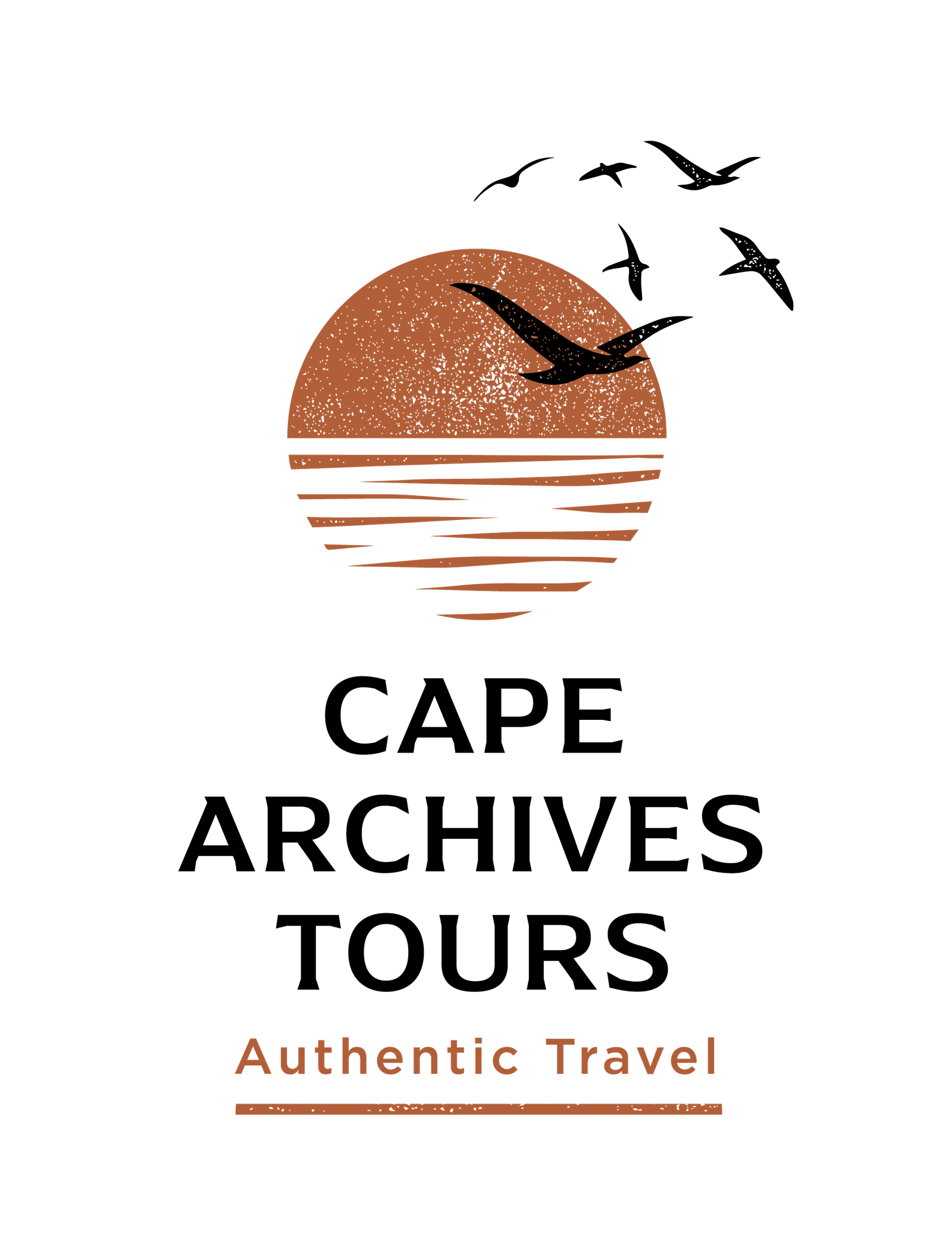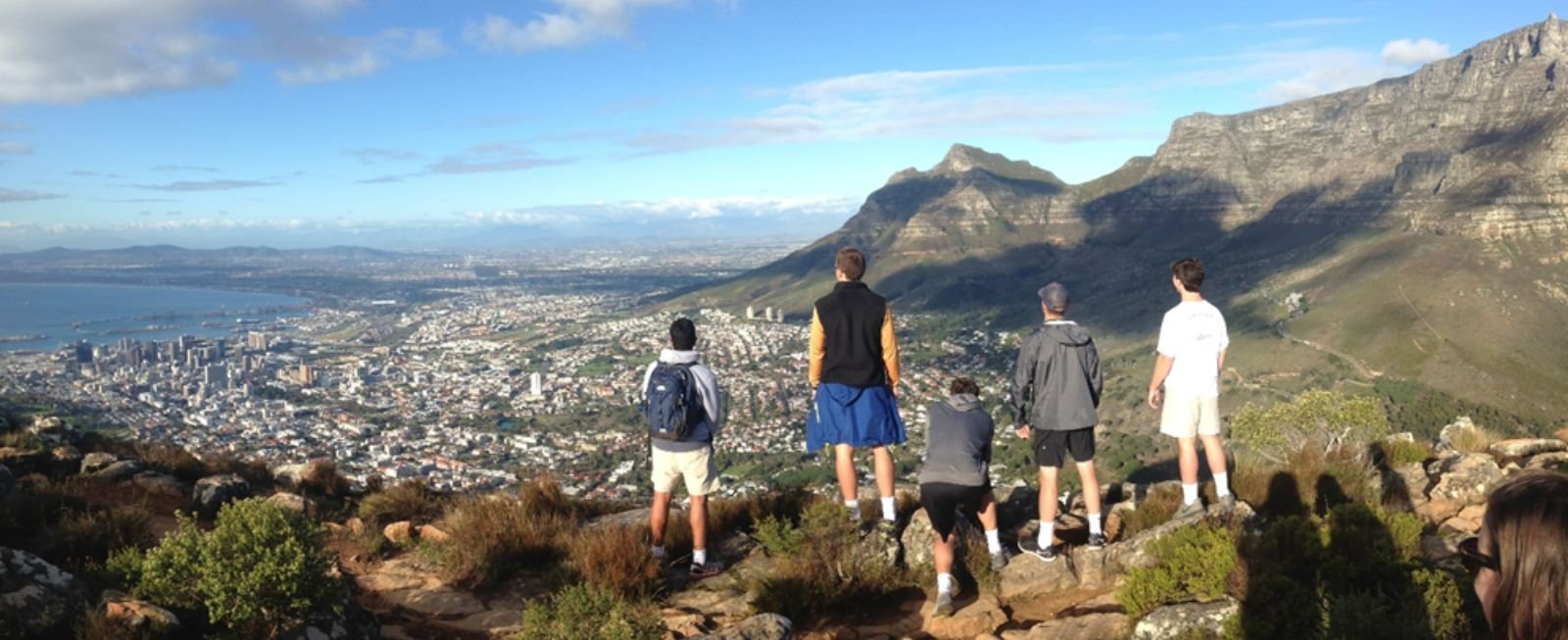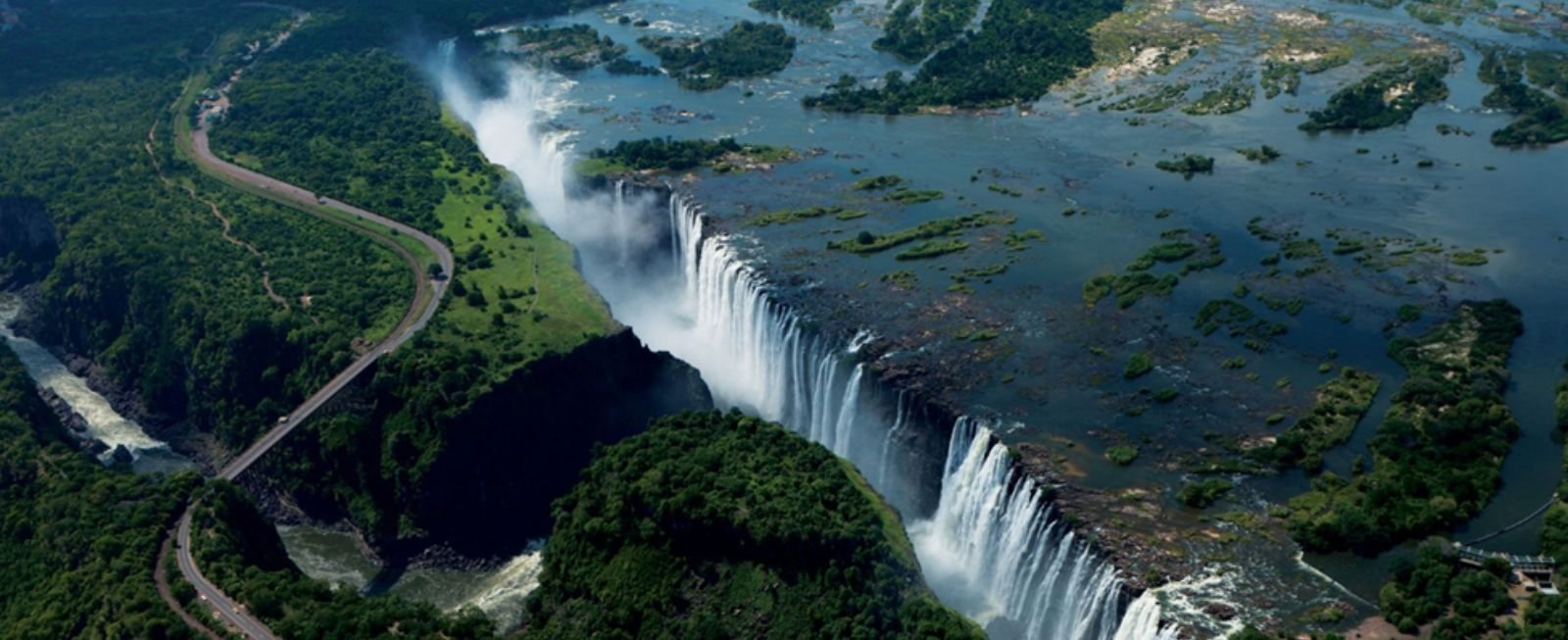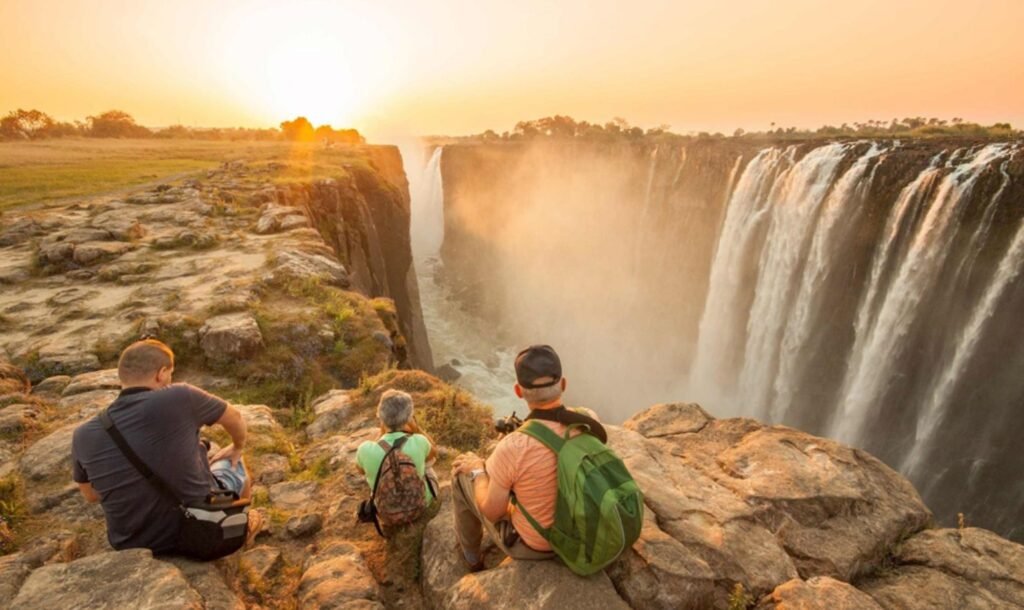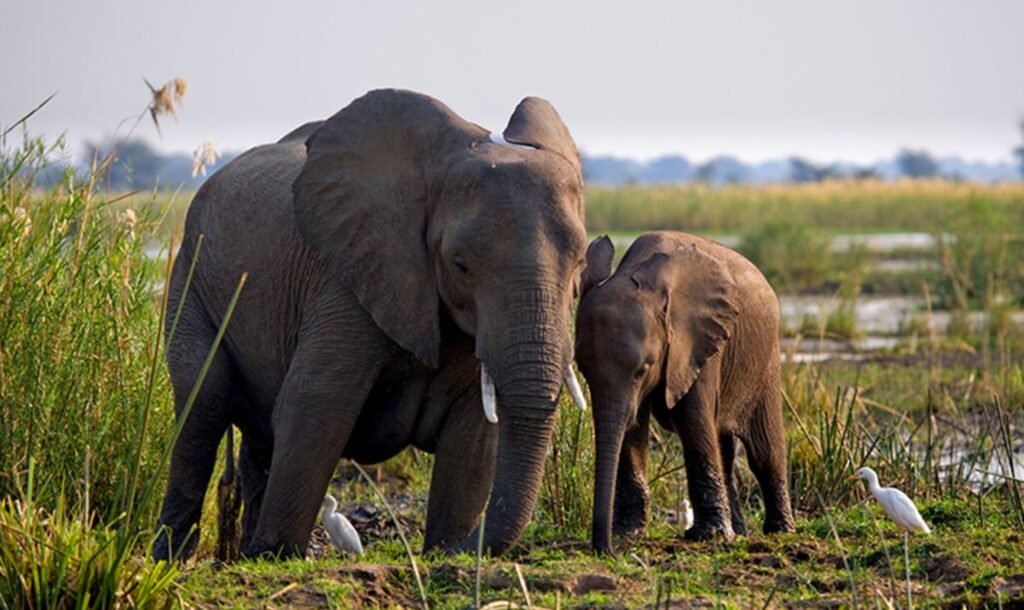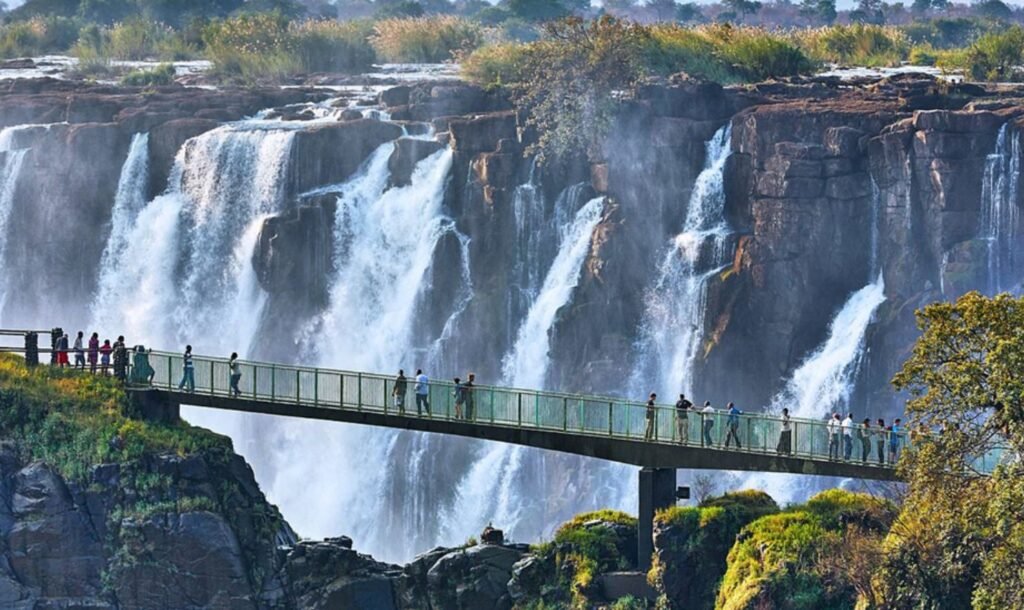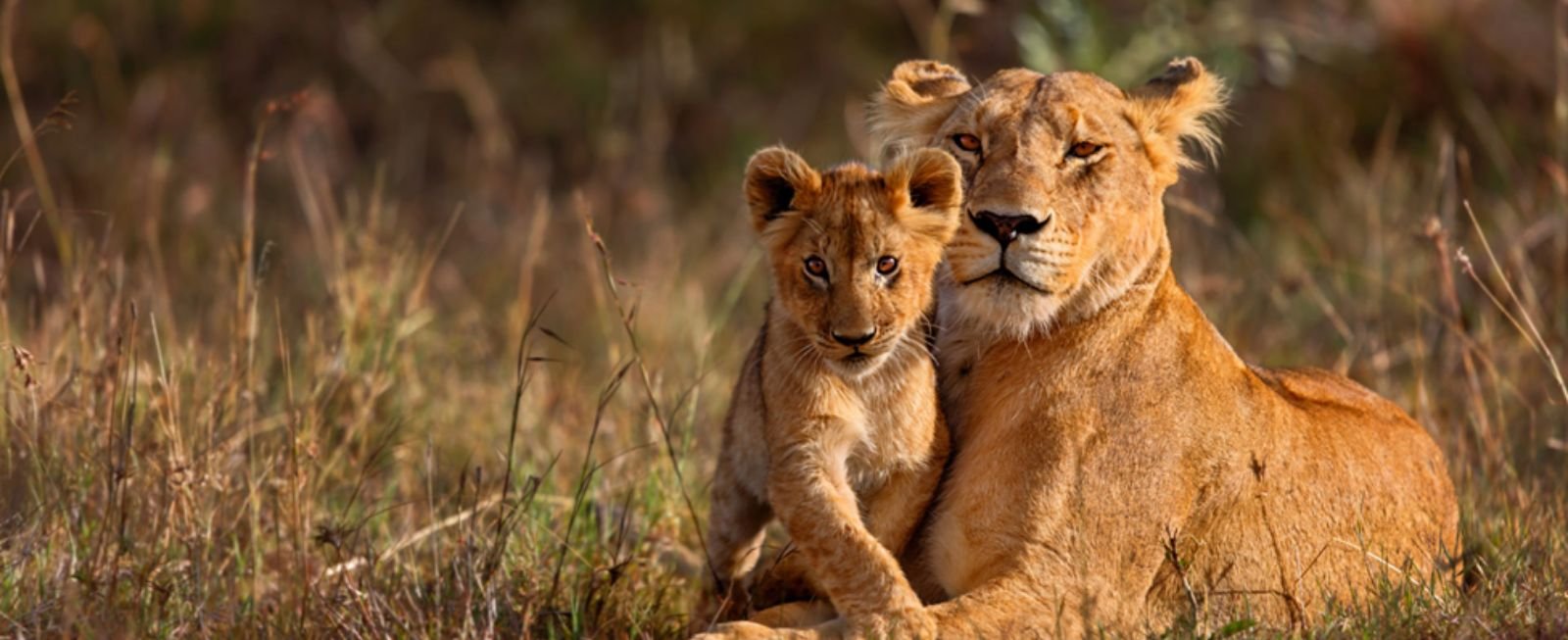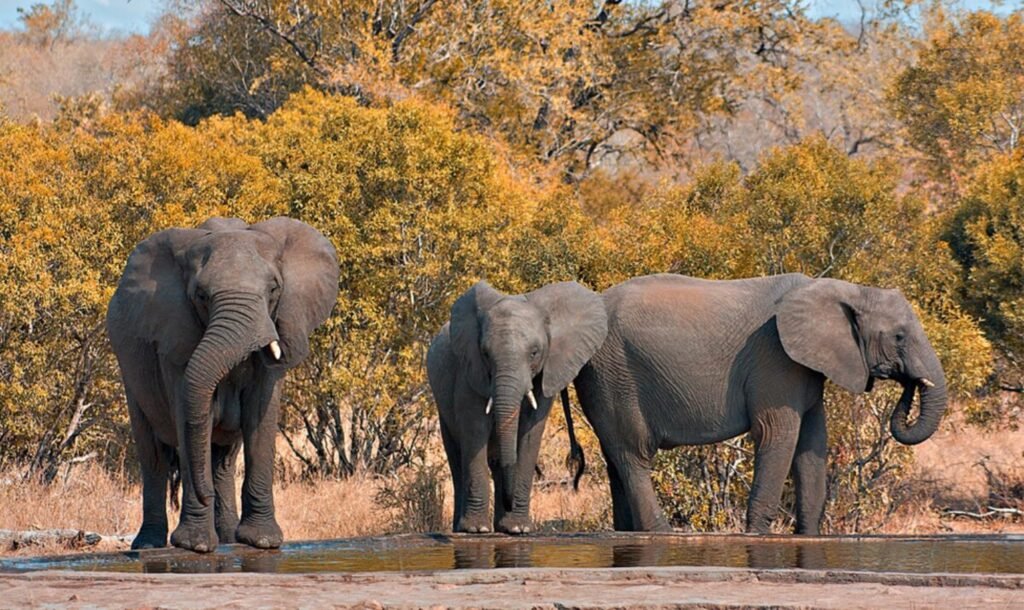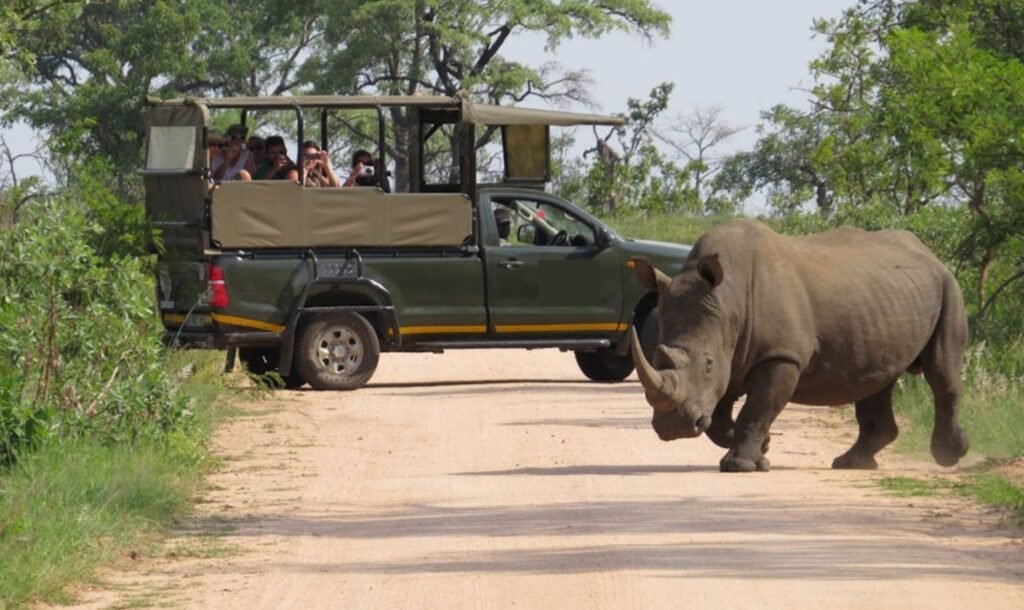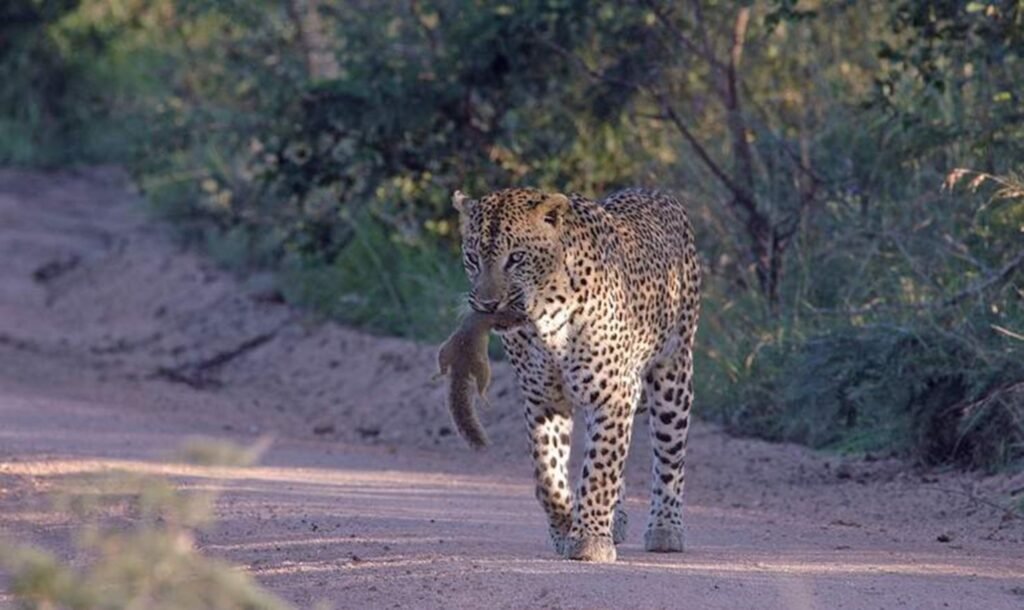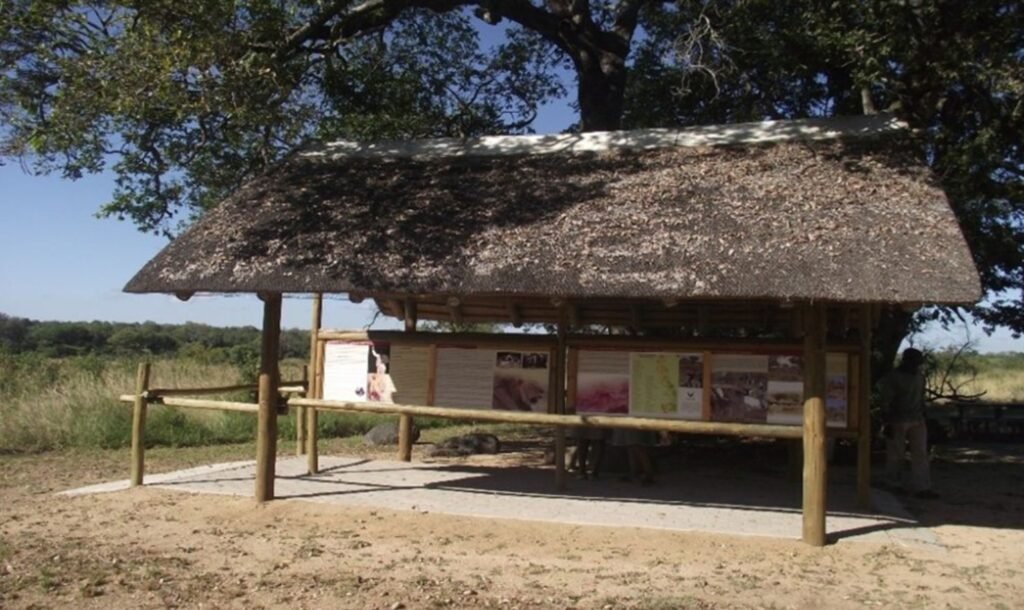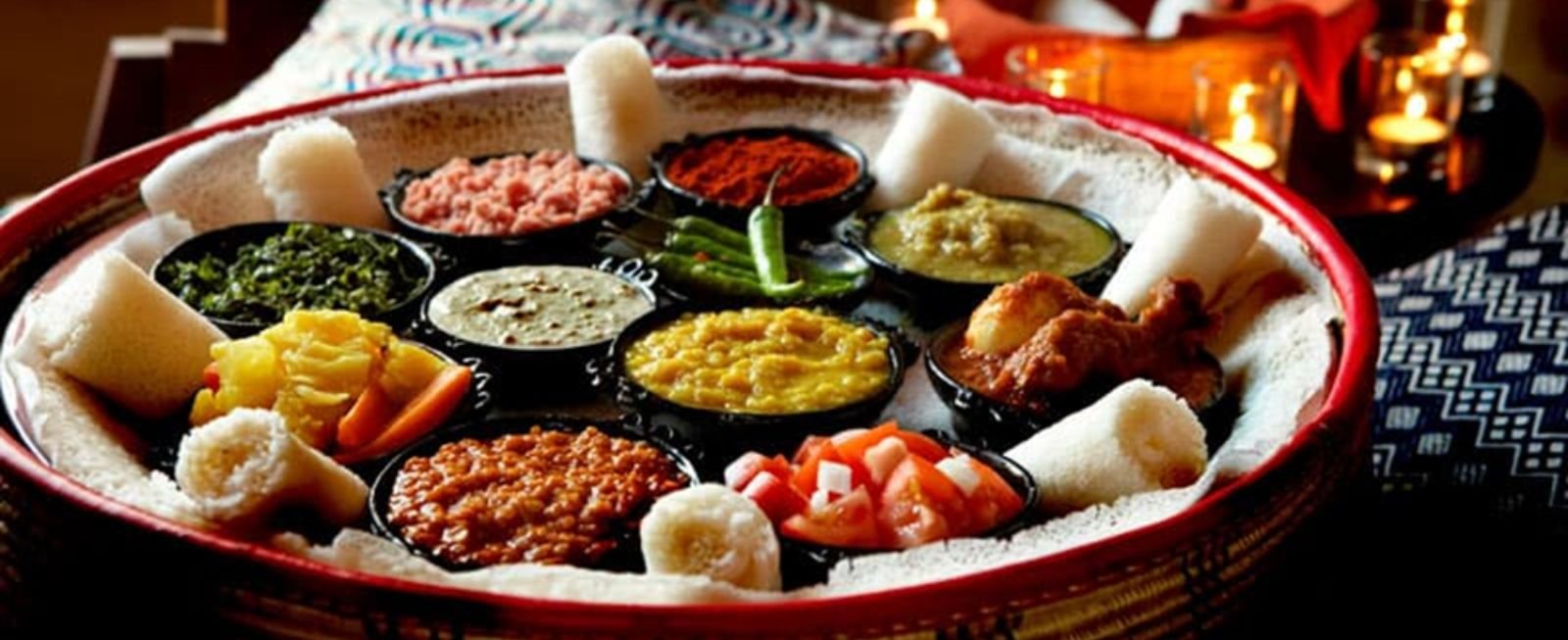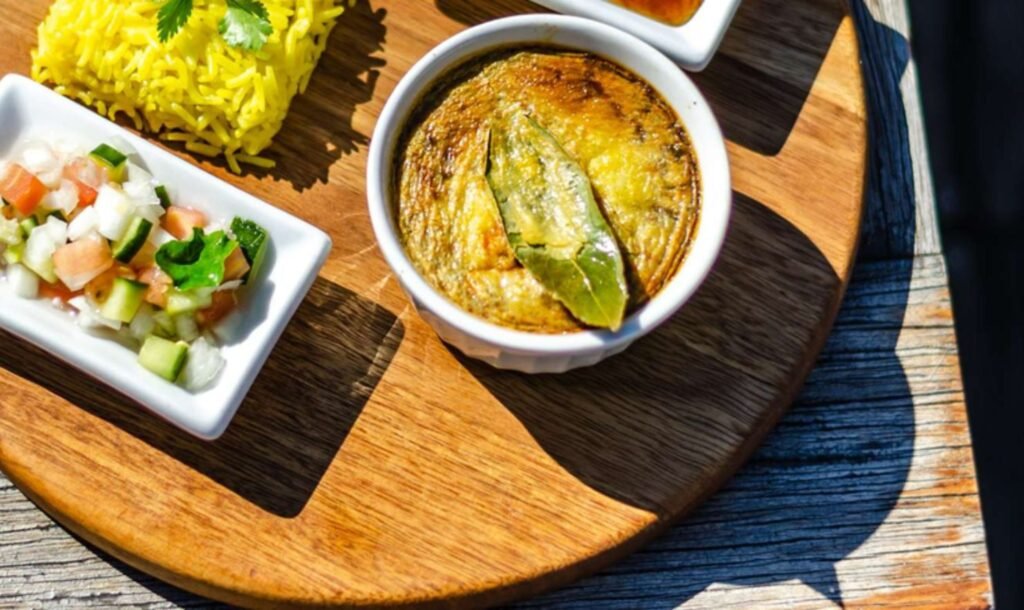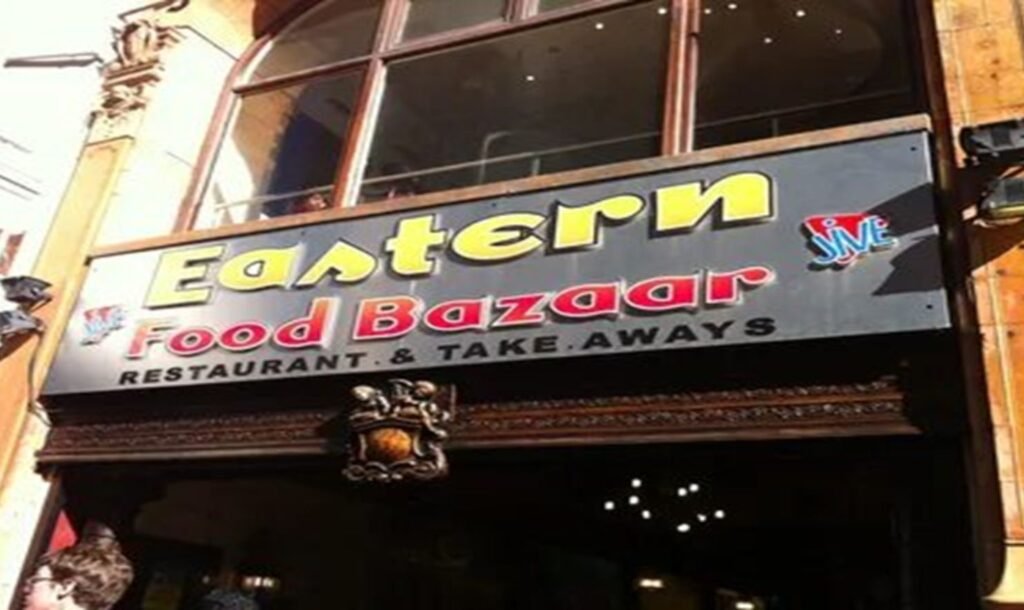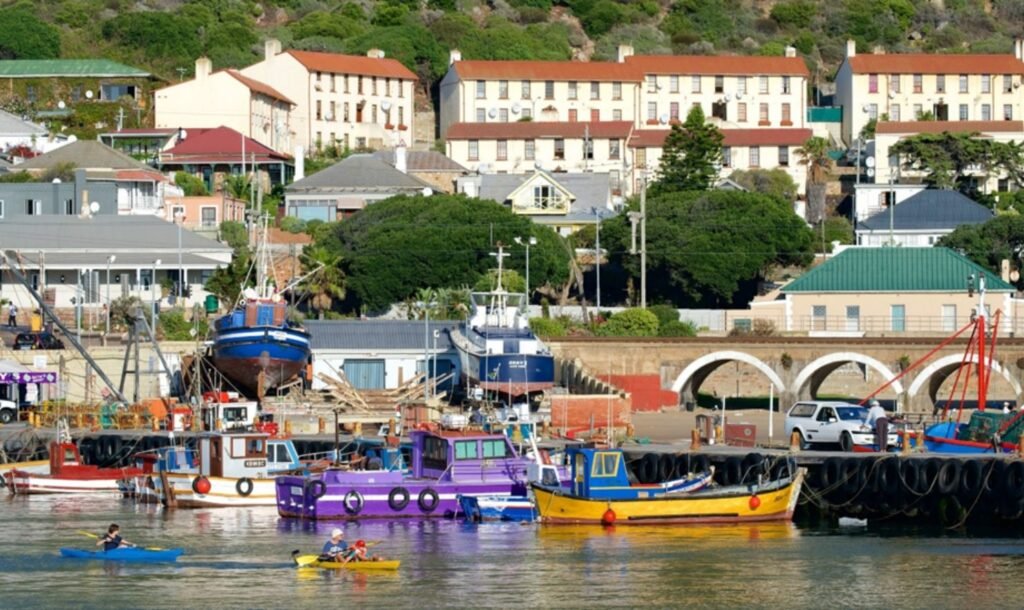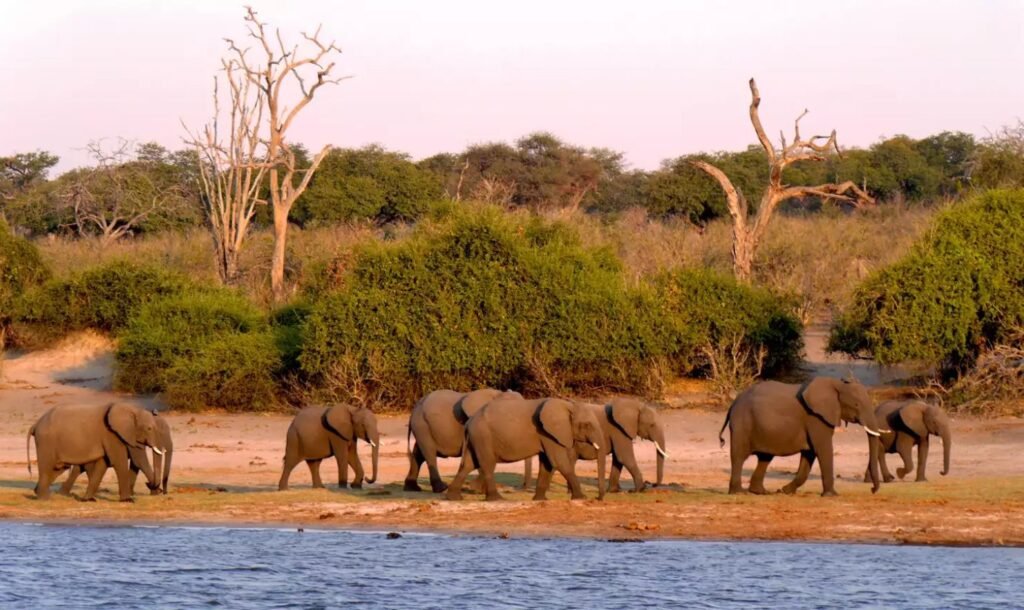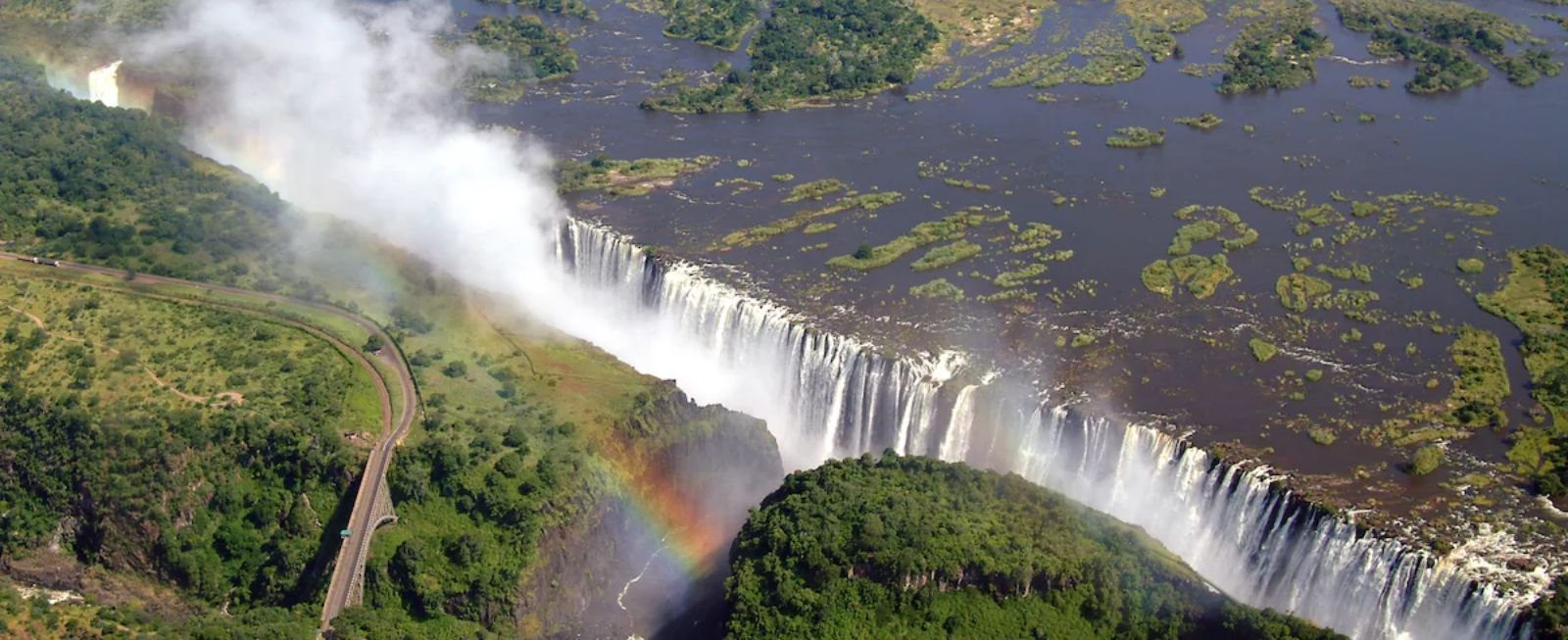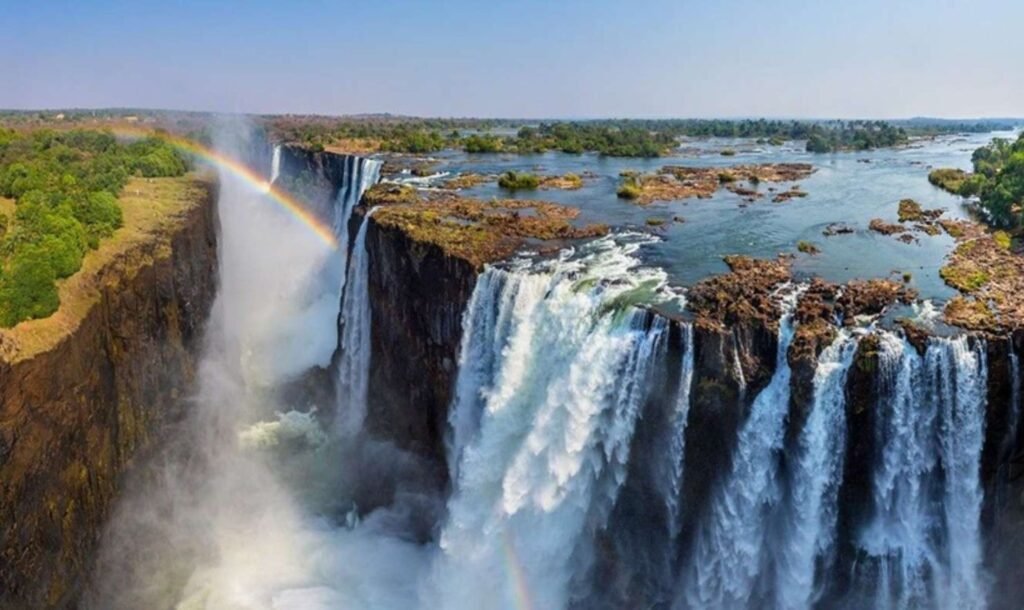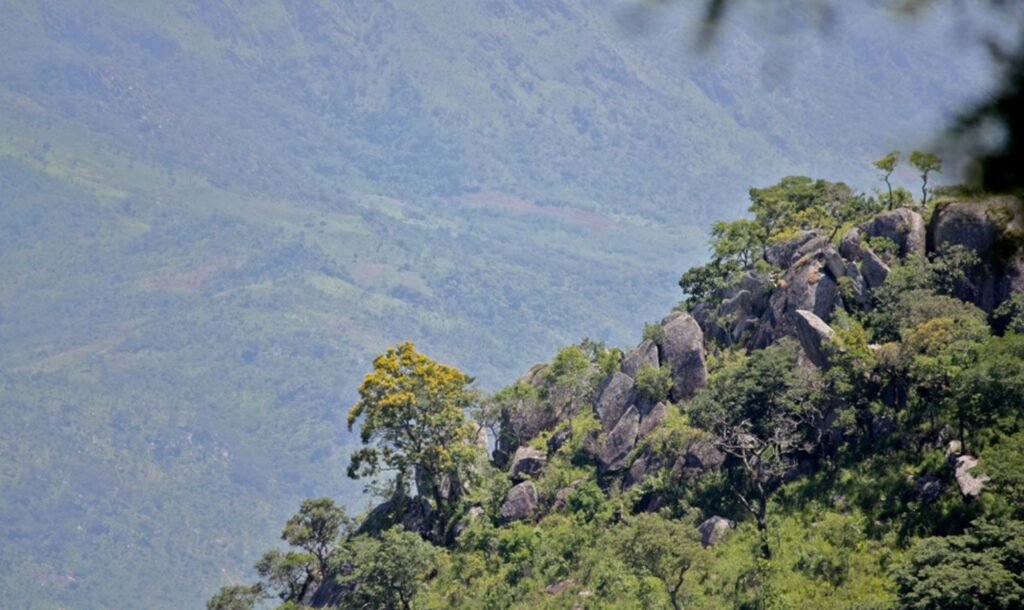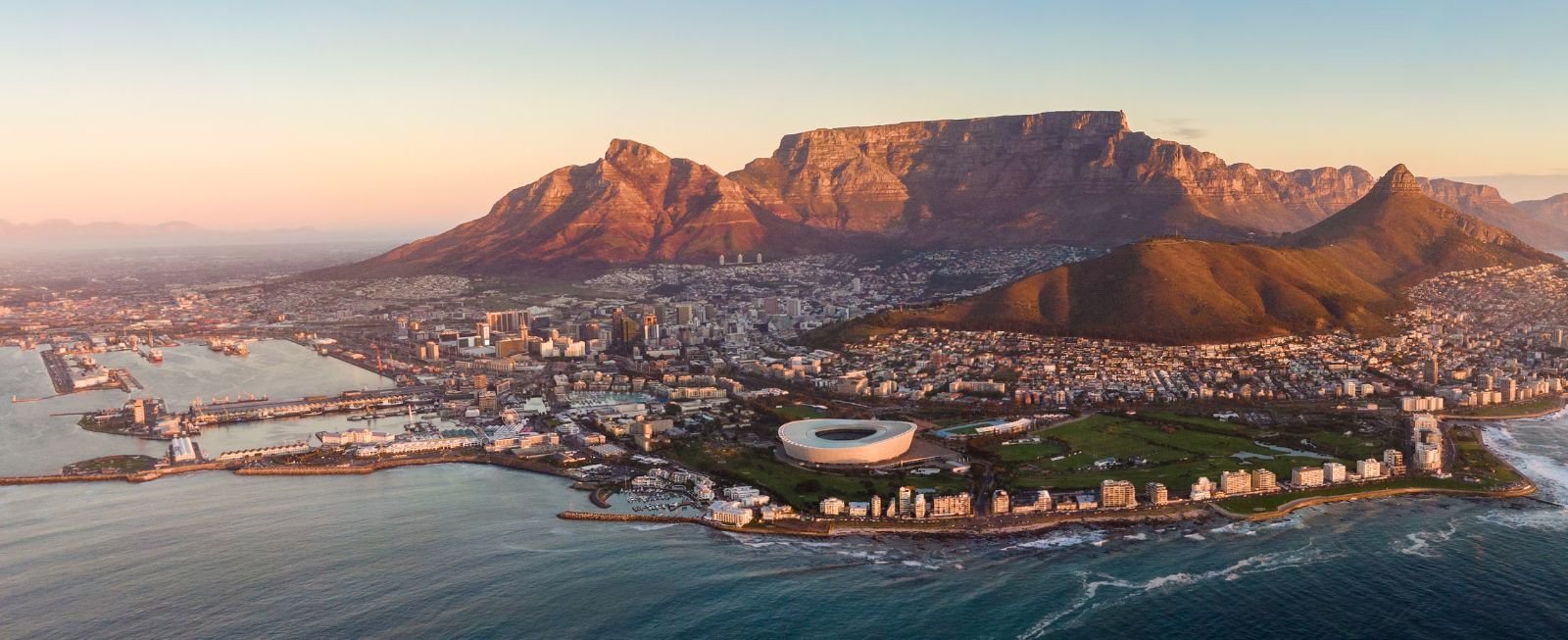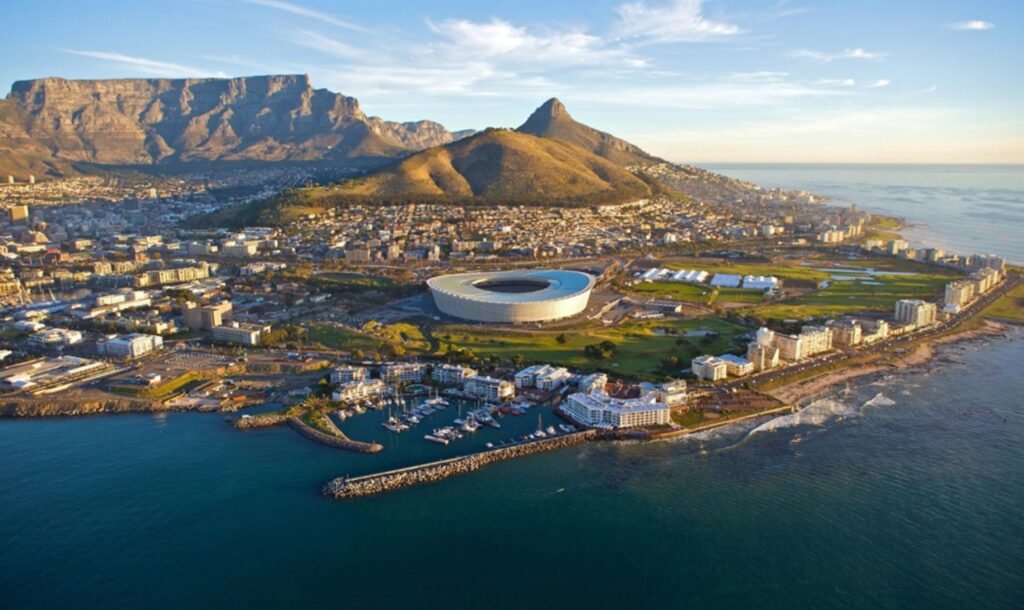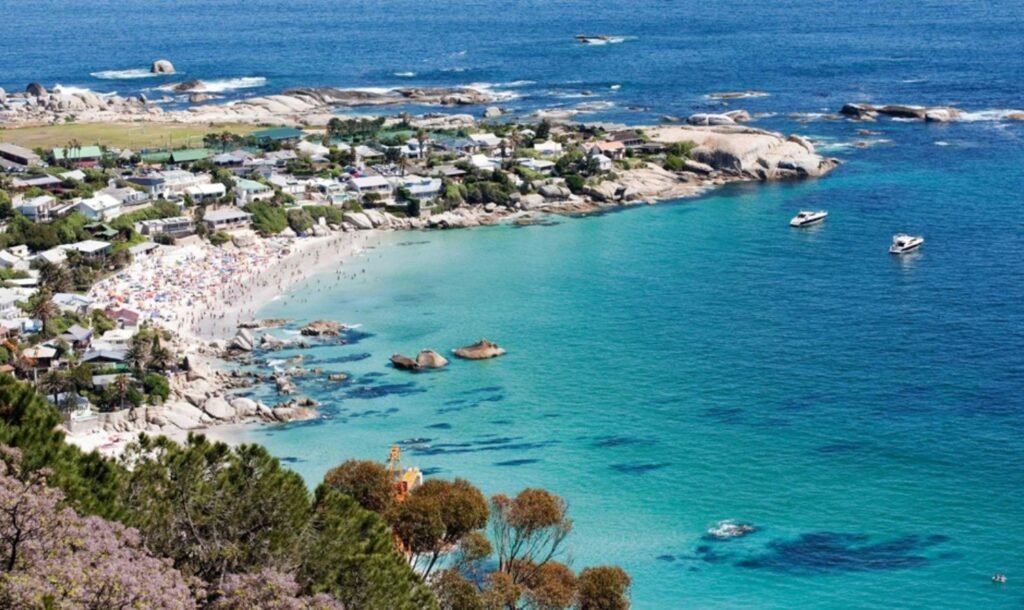The Cape Town is most notably associated with sun-kissed beaches, blue skies, and endless summer days. That’s during the busy tourist season.
But have you ever thought about visiting the Mother City when the majestic Table Mountain is shrouded in clouds and peeks out ever so slightly above the mist?
Suddenly, the bustling city with its twinkling lights and crowds becomes a haven for adventure seekers and culture vultures looking to soak up everything Cape Town offers.
After all, it was Nanette L. Avery who once said, “Mist in the morning is Earth’s morning breath.” It’s a fitting quote if you appreciate the splendour of winter in another country. But we’ll give you seven if you need a reason to visit a misty, rain-soaked Cape Town.
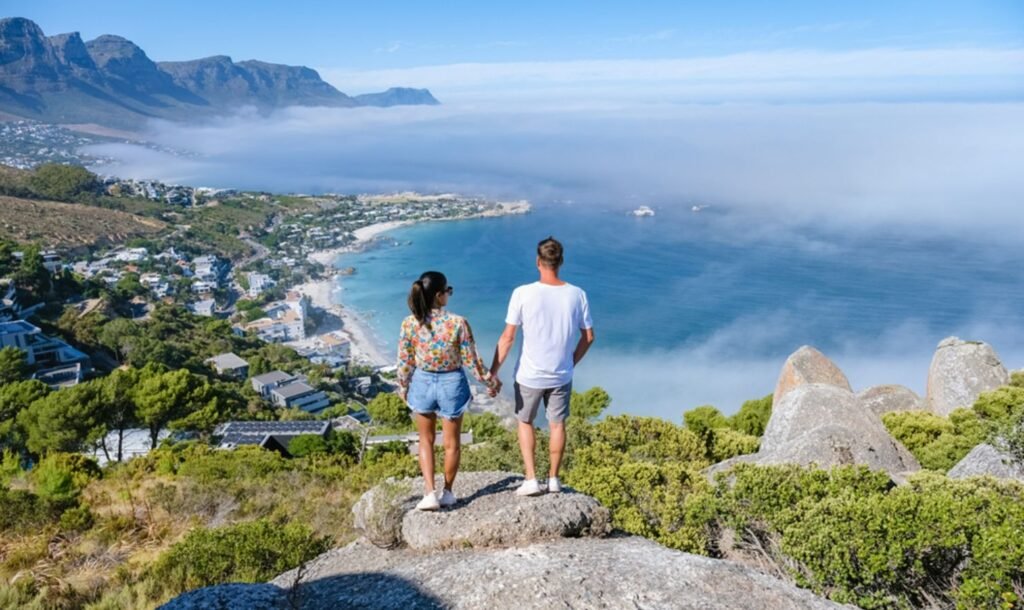
1. Tis the season of evergreen
For a few months of the year, the Western Cape transforms into an ethereal wonderland of mossy greens and grassy slopes. Cape Town isn’t immune from the transformation and there’s a reason why the city is world-renowned for its striking flora, especially during the rainy season.
The best way to experience the kaleidoscope of colours is on the slopes of Table Mountain or Kirstenbosch Botanical Gardens when the first downfall hits the parched earth, re-imagining it as a real-life version of a David Attenborough nature documentary.
Take with a few hiking buddies, join a tour group, lace up your hiking shoes, and go exploring the beautiful outdoors on some of Cape Town’s breathtaking hiking trails. Oh, and don’t forget your raincoat.
2. A walk to remember
Cape Town is a melting pot of cultures. There’s so much history and heritage in some of its oldest buildings, that it would be a shame to bypass a walking tour on account of the weather.
A misty winter’s morning is the opportune time to explore the city centre with a private guided tour with Cape Archives Tours.
Imagine feeling the soft dew on your skin as you explore little-known alcoves as the city shakes off its sleepy exterior, or entering a coffee shop adjacent to one of the oldest cathedrals in Cape Town.
Thankfully, Cape Archives Tours has managed to curate the perfect balance of history, culture, and heritage into a half-day private guided tour.
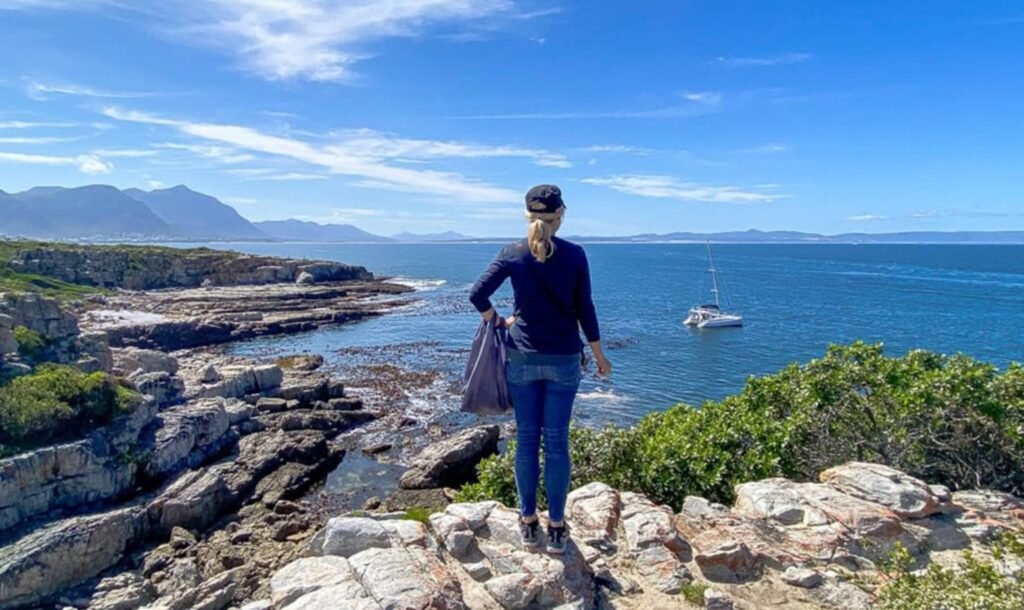
3. Sip on decadent hot chocolate
If there’s one thing South Africans love, it’s our hot chocolate, particularly when the temperature hits single digits.
You’ll be spoilt for choice when it comes to the many places to choose from.
- Honest Chocolate Cafe is an artisanal chocolate cafe located on Wale Street, open from Monday to Sunday. Indulge your sweet tooth with their delicious selections of hot chocolates, including Peanut Butter Bomb, Almond Chocolate Spread, and Biscoff. Patrons have the option of being seated in the outside courtyard or cosy inner cafe.
- Moro Gelato’s extra-thick hot chocolate is so decadent, that it’s served with a spoon and topped with homemade whipped cream. What could be more Italian than that? If you’re feeling adventurous, you could also sample one of their many flavours of gelato ice cream. Pop into one of their stores at Greenpoint, Sea Point, and Long Street.
- Coco Safar has become a Cape Town institution. Loved by tourists and locals alike, the Sea Point restaurant offers experiences, from high tea to an all-day cafe to a patisserie. Their hot chocolate is made from scratch, using dark, milk, and white premium French Valrhona chocolate.
4. A moveable Feast
If all that talk of hot chocolate has you feeling a bit peckish, how about a dining experience accompanied by a good glass of wine?
Winter in Cape Town means you have so many options to choose from. Because it’s low season, many restaurants offer winter deals for a fraction of the original price.
Or why not experience the authentic nuances of the city by visiting indoor food markets like Mojo Market in Sea Point or Bay Harbour Market in Hout Bay?
The city is dotted with restaurants with cosy fireplaces and atmospheric views if it’s fine dining you’re after. Asoka, Aubergine, and Kloof Street House are just some of our favourite hangout spots during winter.

5. Sunset Drives
Most arguably the best thing about Cape Town is our scenic routes. Rent a car or opt for a tour of Chapman’s Peak just before dusk. It’s an experience that will leave you with lasting memories.
The narrow coastal road snakes along the Atlantic Ocean between Hout Bay and Noordhoek, affording you panoramic views of the rugged coastline, jagged mountain tops, and fluffy white beaches.
And if the stars align for the perfect Instagram shot, you might be rewarded with candy floss clouds hiding behind the setting sun.
Just be sure to Check The Status of the Road before embarking on your drive as rock falls and windy weather conditions sometimes lead to the toll road closure.
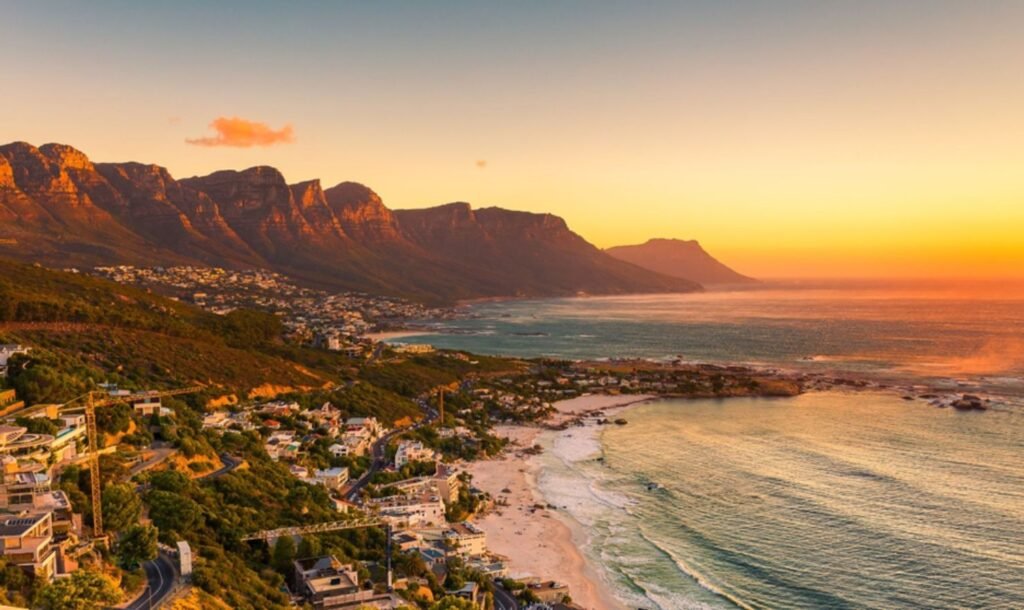
6. Let’s go surfing
You wouldn’t associate watersports with winter, but in Cape Town, the misty shores are the best time to take on the big waves; sunrise and June are your best bets. Surfing early morning also helps to avoid the crowds.
Muizenberg’s Surfer’s Corner is the perfect spot to put your surfboard down. Whether you’re a novice or a pro, the world-renowned beach is well-known for its longboarding waves and brightly-coloured beach huts.
Along this stretch of beach, there’s also a surfboard-hiring shop, restaurants, and self-catering apartments if you plan on staying a few days.
7. Relax and rejuvenate
Ever heard of the saying, “I need a holiday from my holiday”? It’s the reason why foreign visitors are encouraged to book a spa day just before heading back home. Most Cape Town hotels and B&Bs are home to in-house spas or associated with a spa facility.
Do yourself a favour and sign up for one of their signature spa packages, even if it’s just for a few hours to realign your chakras and have a few moments to yourself.
The calming atmosphere and spa therapies will do wonders for your weary body and mind.
Thinking about visiting Cape Town during winter? Contact Cape Archives Tours for all your touring needs.




